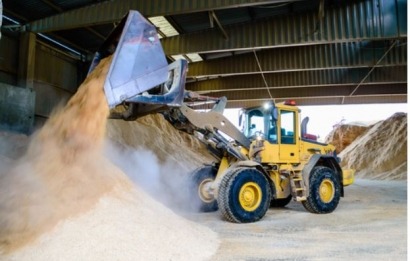
The agency's REmap 2030 foresees a major role for modern, sustainable biomass technologies in efforts to double the share of renewables in the global energy mix.
A new report, “Global Bioenergy Supply and Demand Projections for the Year 2030,” examines the biomass potential in world regions and with different technologies for rapid and sustainable scale-up of this vital renewable energy resource.
If all the technology options envisaged in the REmap analysis are deployed, total biomass demand could reach 108 exajoules worldwide by 2030, representing 60 percent of total global renewable energy use. That would be equal to 20 percent of the total primary energy supply.
“Sustainable bioenergy has the potential to be a game-changer in the global energy mix,” said IRENA Director of Innovation and Technology Dolf Gielen. “Sustainably sourced biomass, such as residues, and the use of more efficient technology and processes can shift biomass energy production from traditional to modern and sustainable forms, simultaneously reducing air pollution and saving lives.”
The new IRENA report shows that approximately 40 percent of the total global biomass supply potential would originate from agricultural residues and waste, with another 30 percent originating from sustainable forestry products.
These biomass sources do not compete with the resources that are required for food production such as land and water, and can make a significant contribution to reducing the global CO2 emission on 450ppm path, the widely accepted threshold to limit global temperature increase to two degrees Celsius above pre-industrial levels by 2100.
The full REmap 2030 analysis, published in June by IRENA, shows that scaling-up renewable energy to 36 percent of the global energy mix by 2030 is possible, affordable and will keep the world on a trajectory consistent with a CO2 level of 450 ppm.
For additional information:

